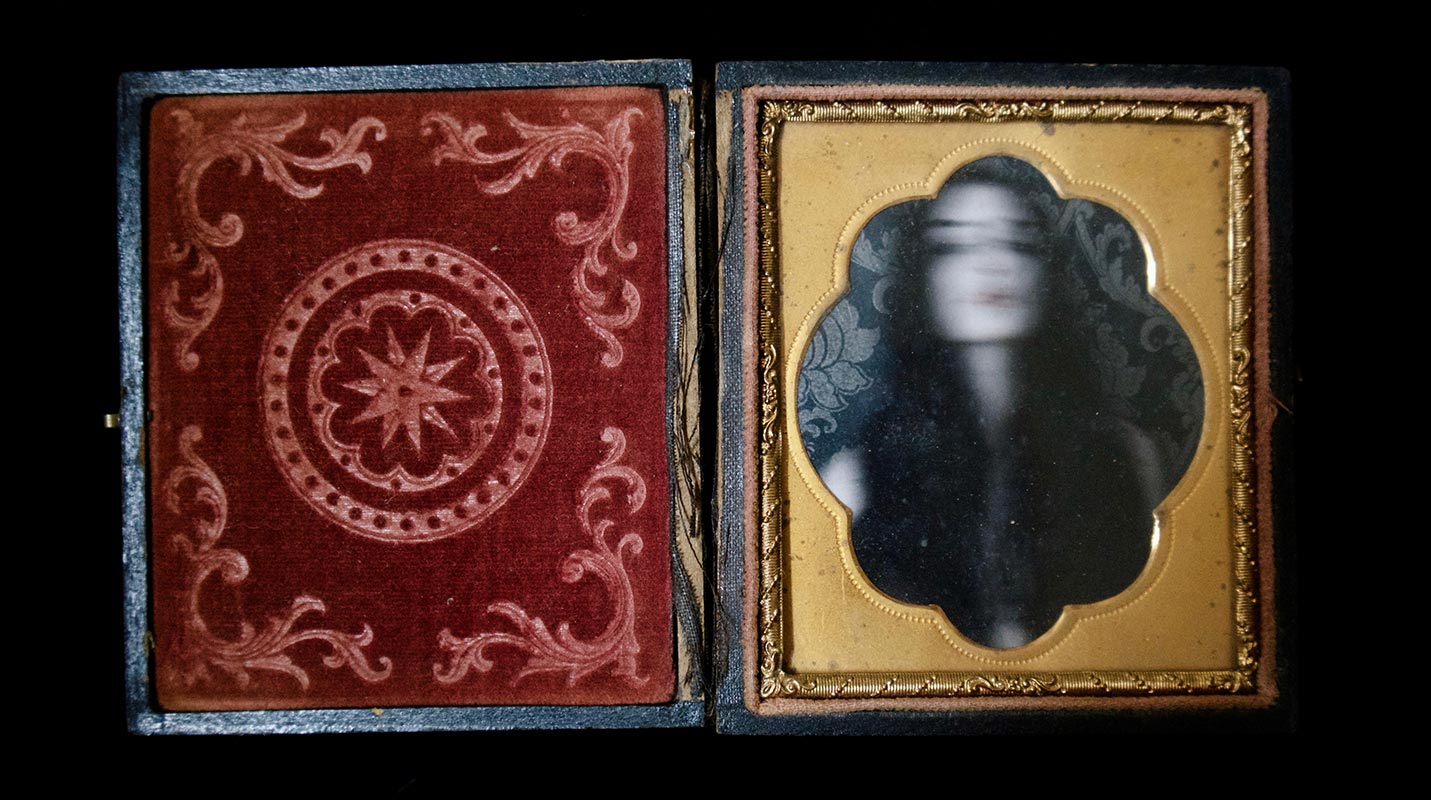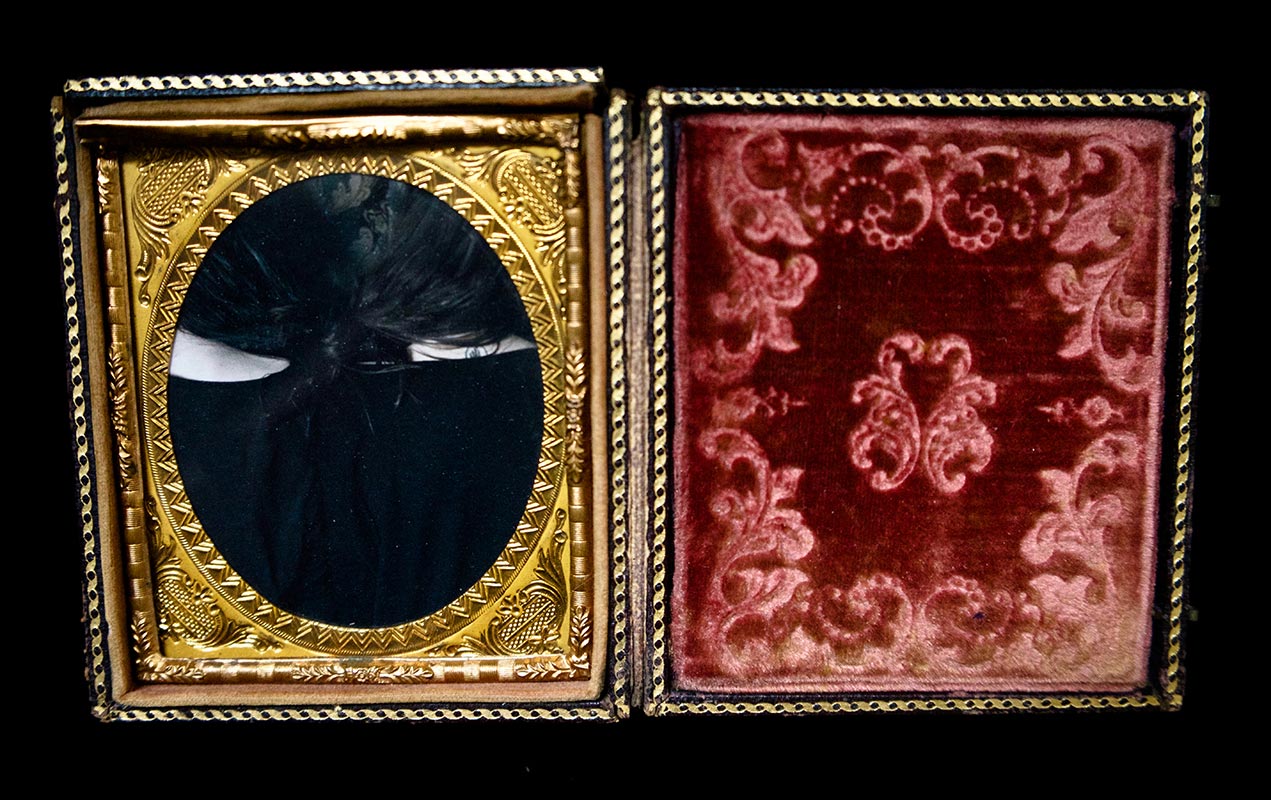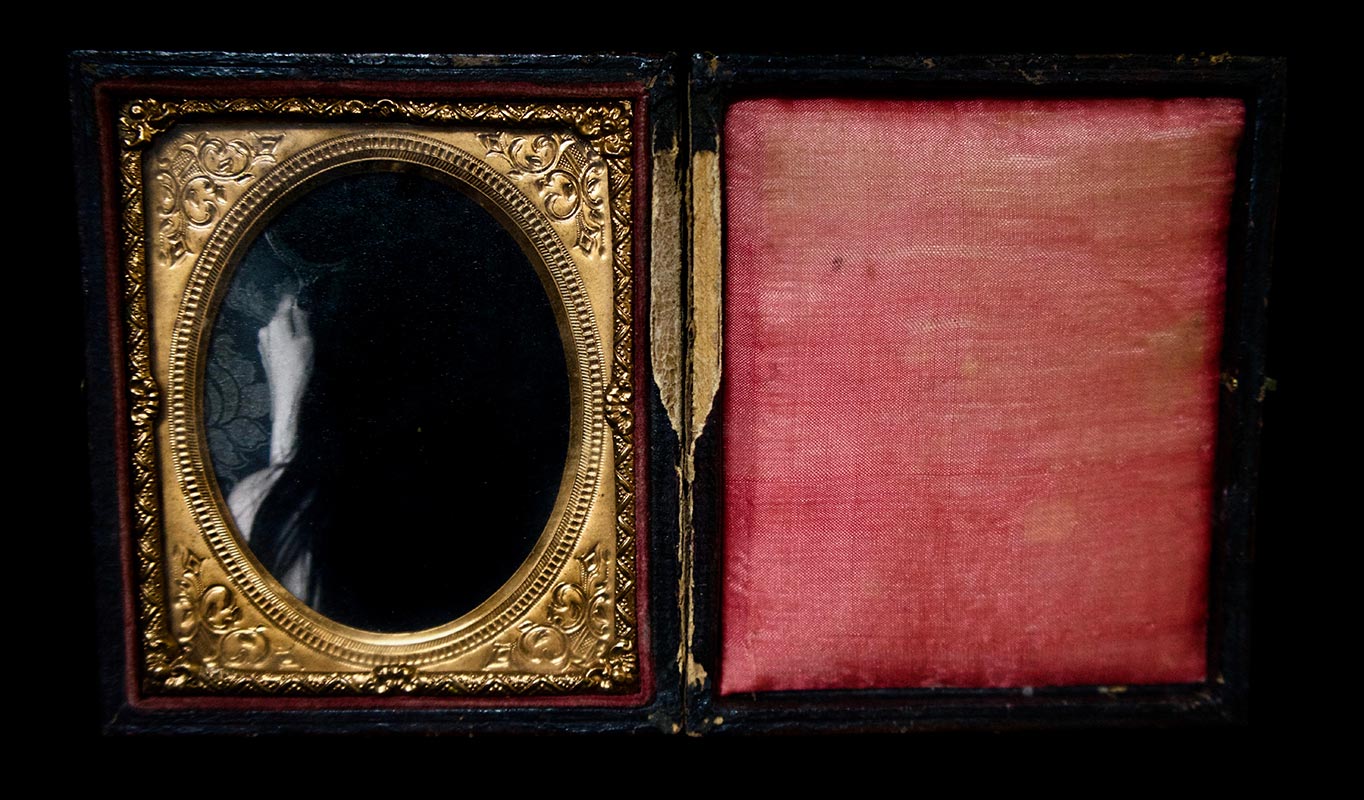artist
statement
Doppelgänger is a photo series that depicts myself and my identical twin sister addressing the superstition of the doppelgänger as a metaphor behind the relationship between identical twins. These images explore the complex nature of being an identical twin as well as the myths behind such phenomena as the “doppelgänger.” The doppelgänger is widely known as a double or look-alike of another living person.
Being an identical twin provides a significantly different childhood and adolescence than “singletons” (non-twins). My twin sister is my best friend, my phantom limb, but like many siblings, there is an element of competition to our relationship that is perhaps more pronounced. Doppelgänger explores the idea of this relationship, in terms of how it can be so profoundly unique but also nearly asphyxiating. Being a twin is not dissimilar to being in a freak show in the sense that when you are together people will always stare. Doppelgänger satisfies the voyeuristic qualities that people cannot resist when looking at twins, while also portraying this complex relationship.
The doppelgänger is the concept of a double self and was initially mythicized as “spirit doubles.” Doppelgänger as a concept became a popular superstition in the 19th century, fueling writers and artists alike. The doppelgänger was seen as some sort of spectral alter ego who is physically and behaviorally similar to another living person. Doppelgänger, when directly translated from German, means “double goer” or “double walker” and often refers to a creature or specter that casts no shadow and is an exact double of another living person. Doppelgängers are also often conceived as an “evil twin,” suggesting that this double may attempt to give counsel to the person that they shadow and that this advice can be malicious and misleading. In literature and folklore, they were often considered to be omens of bad luck and even death.
In Doppelgänger I am displaying the images in small 19th century Daguerreotype frames to emphasize the need to observe the images in close quarters and to emphasize the already existing notion, of twins being constantly dissected and stared at. I portray my twin sister and I in ways that make it difficult to differentiate one from the other and in a realm that doesn’t fit much with reality—like the doppelgänger. I portray my twin sister and I in ways that make it difficult to differentiate
Being an identical twin provides a significantly different childhood and adolescence than “singletons” (non-twins). My twin sister is my best friend, my phantom limb, but like many siblings, there is an element of competition to our relationship that is perhaps more pronounced. Doppelgänger explores the idea of this relationship, in terms of how it can be so profoundly unique but also nearly asphyxiating. Being a twin is not dissimilar to being in a freak show in the sense that when you are together people will always stare. Doppelgänger satisfies the voyeuristic qualities that people cannot resist when looking at twins, while also portraying this complex relationship.
The doppelgänger is the concept of a double self and was initially mythicized as “spirit doubles.” Doppelgänger as a concept became a popular superstition in the 19th century, fueling writers and artists alike. The doppelgänger was seen as some sort of spectral alter ego who is physically and behaviorally similar to another living person. Doppelgänger, when directly translated from German, means “double goer” or “double walker” and often refers to a creature or specter that casts no shadow and is an exact double of another living person. Doppelgängers are also often conceived as an “evil twin,” suggesting that this double may attempt to give counsel to the person that they shadow and that this advice can be malicious and misleading. In literature and folklore, they were often considered to be omens of bad luck and even death.
In Doppelgänger I am displaying the images in small 19th century Daguerreotype frames to emphasize the need to observe the images in close quarters and to emphasize the already existing notion, of twins being constantly dissected and stared at. I portray my twin sister and I in ways that make it difficult to differentiate one from the other and in a realm that doesn’t fit much with reality—like the doppelgänger. I portray my twin sister and I in ways that make it difficult to differentiate



